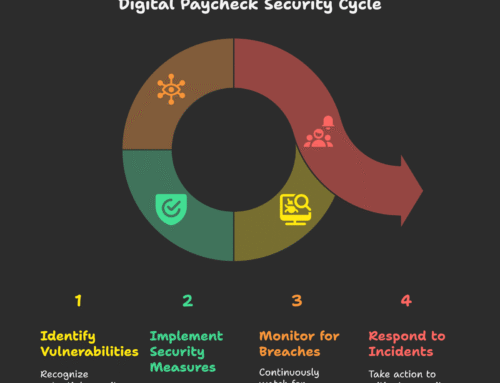Statistics show that higher levels of engagement and satisfaction in the workplace leads to better productivity, increased profits, and improved employee loyalty and turnover. For employers, this means listening to employees’ needs and providing a work environment that allows them to thrive.
Also read: Combat the Hazards of Dissatisfaction
Businesses of all sizes will benefit from more productive employees; workers who are engaged in their tasks are typically better with customers and project a reputable, high-standard impression of the brand. Investing in your employees can lead to huge returns in terms of business profitability, reputation, and growth.
Read on for five business strategy ideas to implement and improve productivity in your workforce.
#1. Kanban Systems
Kanban is a method for work management, which originated in the Toyota Production System (TPS). This system was introduced as a result of ‘just in time’ manufacturing being added to Toyota’s production processes during the late 1940’s. The approach was based on a pull system, basing production on customer demand. It was this unique way of doing things that led to the birth of Lean manufacturing, often referred to as ‘Lean’. Its aim is to minimize waste without sacrificing productivity; providing the best value to the customer without generating unnecessary costs.
Even if Lean manufacturing isn’t the right choice for your business, a Kanban process can be introduced to help employees stay on top of tasks. For those of you who are asking “What is Kanban?”, it literally means ‘signboard’ or ‘visual signal’ in Japanese and is made up of three different columns – ‘requested’, ‘in progress’, and ‘done’. When done correctly, the Kanban method can be useful for improving productivity throughout your workforce by providing insight into bottlenecks and obstructions that keep the workflow from running smoothly.
#2. Employee Training
Today, there are very few employees who are satisfied when working in a job for a long period of time with very little hope of progression. Giving your employees the opportunity to progress within your company has a wide number of benefits, including increased employee motivation, productivity, and loyalty.
Also read: Why Microlearning Should Become Part of Your Training Program
Employees who are working towards a promotion are more likely to be careful and particular about their work and strive for high productivity levels, whilst the opportunity to climb up the career ladder can encourage loyalty to your brand.
In addition, employee training sessions can be used to help your workforce develop their individual skills and reach their personal career goals and objectives. Meeting for regular training intervals can also help employees get to know one another better outside of the office and build stronger working relationships.
#3. Take Suggestions and Listen to Opinions
For many employees today, one of the biggest problems with their workplace is the fact they feel that their opinion or view is not listened to or valued, even after having given a significant amount of time and effort to their employer. Your employees spend the majority of their week at work, so it’s crucial they feel their feedback is appreciated, listened to, and acted upon.
A good example of this is a regular employee satisfaction survey. Send your employees a list of questions asking them what they enjoy about their jobs, what they think could be done better, and anything that they would change.
Remember that everybody is different, and what works well for certain members of management might not be the best solution for your employees in the office environment. Asking questions and encouraging your employees to provide you with feedback will enable you to create a workplace that meets everybody’s expectations.
#4. Incentives and Bonuses
Recognizing your employees as individual people is key to providing them with a workplace that satisfies both their career and personal needs.
Also read: How Effective are Monetary Incentives?
A work environment that provides plenty of room for progression and opportunity but knows when to kick back and have a little bit of fun with something, is often a great combination for the majority of employees today.
One popular method of creating a more enjoyable working environment is by offering incentives and bonuses that can be earned or won. For example, sales teams may compete with each other for an extra cash bonus or paid day off.
Not all bonuses and incentives have to be costly, either – often, it’s really the little things that count when it comes to ensuring that employees feel valued at work. Some simple incentives, bonus and perk ideas include dress-down Fridays, allowing all employees to take their birthday off work, each year, or bringing cakes into the office for a special occasion.
Getting everyone together for a meal, night out, or a day filled with fun activities can also help to lighten the mood at work and improve relationships between colleagues who may not have the chance to get to know one another in the office.
Investing in employees is key to improving business growth, profitability, and productivity.
Download the eBook and get practical ideas on designing employee engagement activities for your team!
Image licensed from Depositphotos.com






Leave A Comment